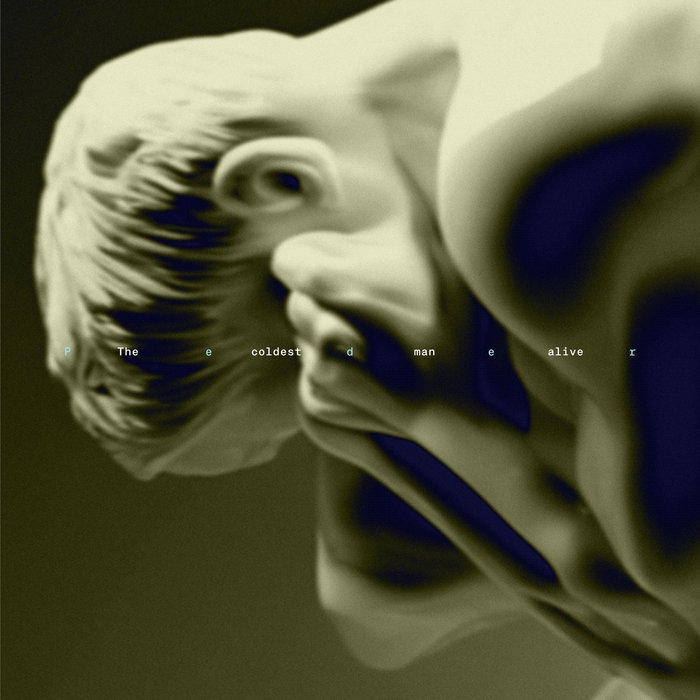
The Coldest Man alive – Peder
this blog is GROOVY – check out great Soul, Funk, Jazz, Hip Hop, Bass, Breaks , Reggae, House n many more TUNES
Ah, the sweet sound of gloom! It’s a vibe that resonates with the soul and gives you all the feels. From melancholic ballads to darkwave anthems, there’s something inherently captivating about music that embraces life’s shadowy corners. Let’s dive into the history of this moody genre and uncover some quirky tidbits about its artists along the way.
The roots of gloomy music can be traced back centuries. Think about it: even in the Renaissance period, composers like John Dowland crafted heart-wrenching lute songs steeped in raw emotion. His piece “In Darkness Let Me Dwell” is practically a lamentation — so right for candlelit gatherings or solitary wine sipping on cold nights.
Fast forward to the 19th century with Romanticism sweeping through Europe; suddenly everyone had angst! Take Franz Schubert, whose lieder (art songs) explored themes of unrequited love and existential dread. “Gretchen am Spinnrade” is one such track where you can almost feel Gretchen’s anxiety as she spins her wheel – talk about relatable!
Now let’s jump into more modern times where gloom really started taking shape in music genres like Gothic rock and post-punk during the late ‘70s and early ‘80s. Bands like Bauhaus kicked off this movement with their iconic track “Bela Lugosi’s Dead,” which wasn’t just catchy but also dripped with eerie vibes — perfect for night-time wandering.
But hang tight; things began to get even darker when groups like The Cure stepped onto the scene! Their frontman Robert Smith was known for not only his haunting voice but also his wild hairdo – who knew gloomy could look so cool?
As we swung into deeper waters musically through the ’80s and ’90s, other genres emerged from these dark recesses:
Gloom expanded beyond mere tone—it became a whole cultural aesthetic that people embraced!
Robert Smith’s Layers: It’s said that Robert Smith has been known to wear layers upon layers during live performances because he fears showing any resemblance to actual sunlight! Spoiler alert: he definitely avoids sunbathing!
A Depressing Yet Uplifting Name: Did you know that My Chemical Romance got their name from a line in a book? Gerard Way found solace (or maybe chaos?) in Ecstasy: Three Tales of Chemical Romance. Who thought chemical romance would lead us down such somber paths?
Candlelight Metal: And then there’s Candlemass—their band name comes from both doom metal vibes and their habit at concerts where they lit hundreds of candles while performing; I guess creating darkness requires light too!
Screaming From Sadness: Black metal pioneer Fenriz once noted how listening experiences could induce crying while driving—or cause sudden urges to adopt stray black cats (“because they’re gloomy too!”).
Grim Humor: Peter Steele, frontman for Type O Negative often joked about his onstage persona being akin to Dracula mixed with Frank Sinatra—where else do you find musical crossovers quite so interesting?
Today, countless artists continue weaving melancholy threads into contemporary tapestries—from Billie Eilish singing softly over bass-heavy beats reflecting her struggles, all while sporting vibrant hairstyles reminiscent poetically influenced expressions.
So whether you’re chilling out on your couch under dim lights or drowning sorrows at your favorite watering hole vibing tunes overflowing sadness—but yet undeniably catchy—you’re partaking in this rich legacy called gloom.
And there you have it folks—the evolution journey through gloomy music wrapped up snugly within our hearts (and playlists). While it’s easy sometimes just not feeling sunny-side up…remember there’s beauty within those shadows waiting eagerly for discovery! So keep grooving gently into those low tempos filled with complex emotions—you never know what delightful surprises await behind every melancholic note.
Keep it real…and keep it grimly groovy!